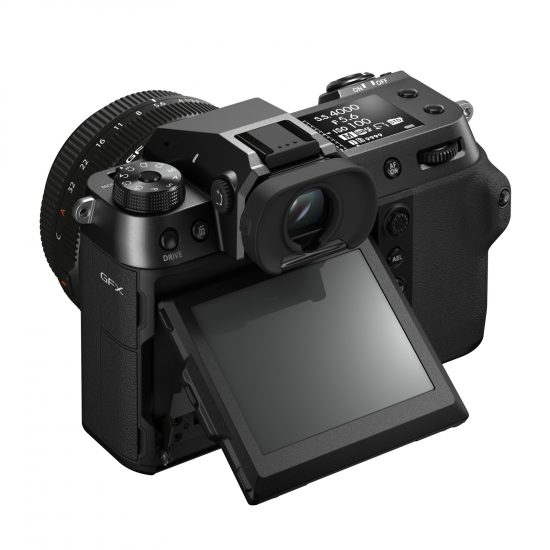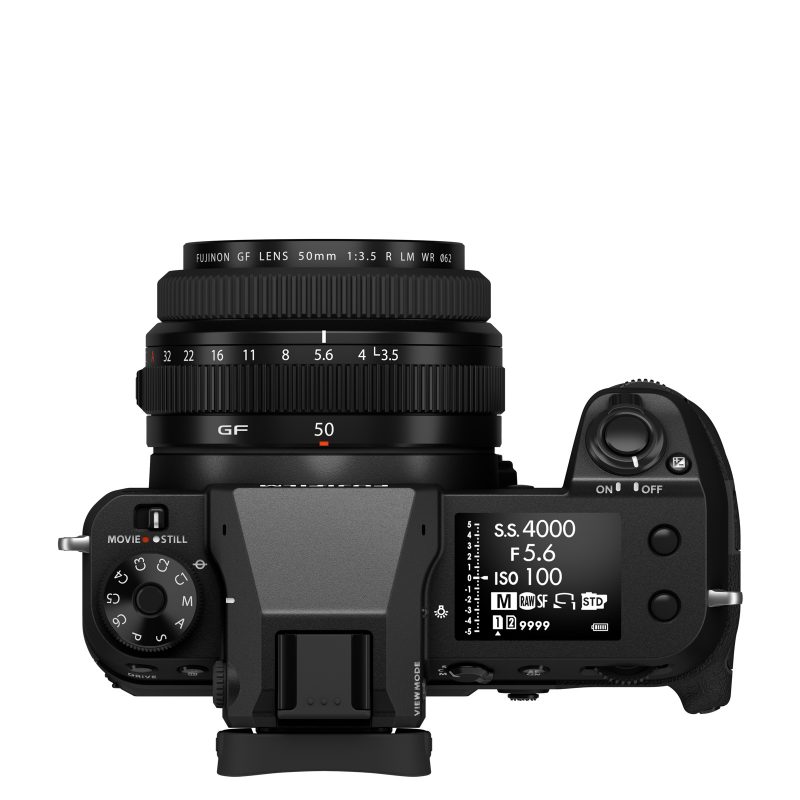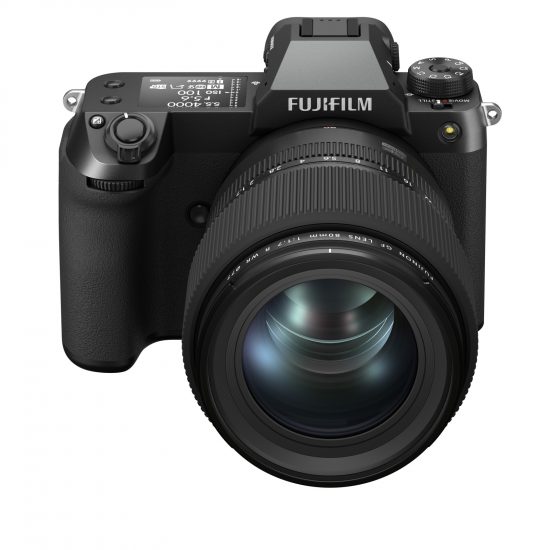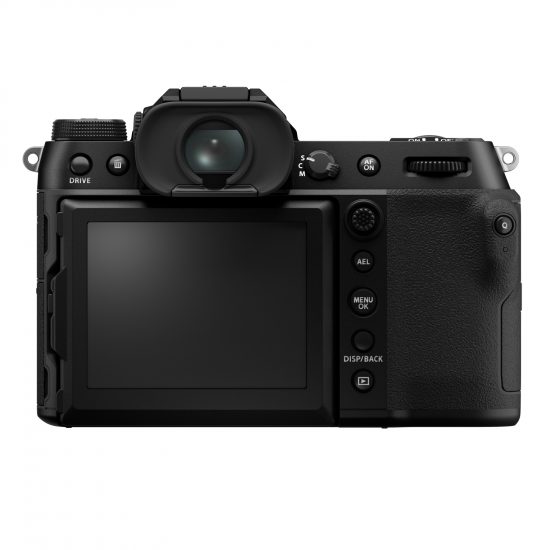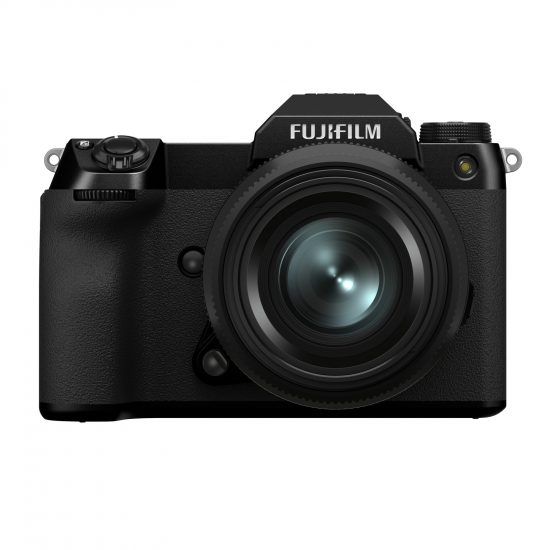Fujifilm GFX 100S Review: Landscape Photography Field Test

It seems clear that Fuji is seriously committed to its medium format GFX system. In the four years since the first camera launched, the line up has expanded to include 4 camera bodies and 12 lenses. The recent announcement of the fourth camera in that system – the Fujifilm GFX 100S – caused quite a few heads to turn, as it’s not only cheaper but also more technologically advanced than its competitors, with headline features including a 102 megapixel BSI sensor, phase detect autofocus, and in-body image stabilisation.
As a photographer who has been shooting with the GFX system since the launch of the first camera, the 50S, my interest was piqued and I was keen to get my hands on one.
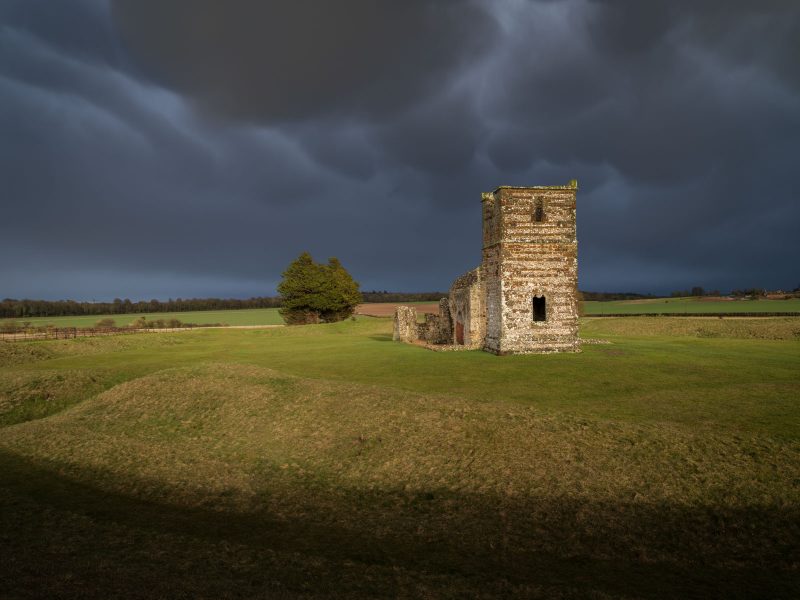
Just to be clear, I’m reviewing this camera from the point of view of a landscape photographer, and assessing its suitability for that specific genre. I won’t be looking at video, or assessing how well it performs with wildlife or action subjects – I’ll leave that to those more qualified than I.
First impressions
The initial inspection of the camera reveals lots of positives: for a medium format camera, it’s remarkably compact and light – roughly the same size and weight as a full-frame DSLR, such as the Nikon D850, and actually not much larger than Canon’s full-frame mirrorless R5.
This is a key benefit for me, as I rejected its older sibling, the GFX 100, in part because it was too bulky. The 100S fits the hand well with a comfortable grip and feels well put together. In short, it feels like a serious piece of kit.
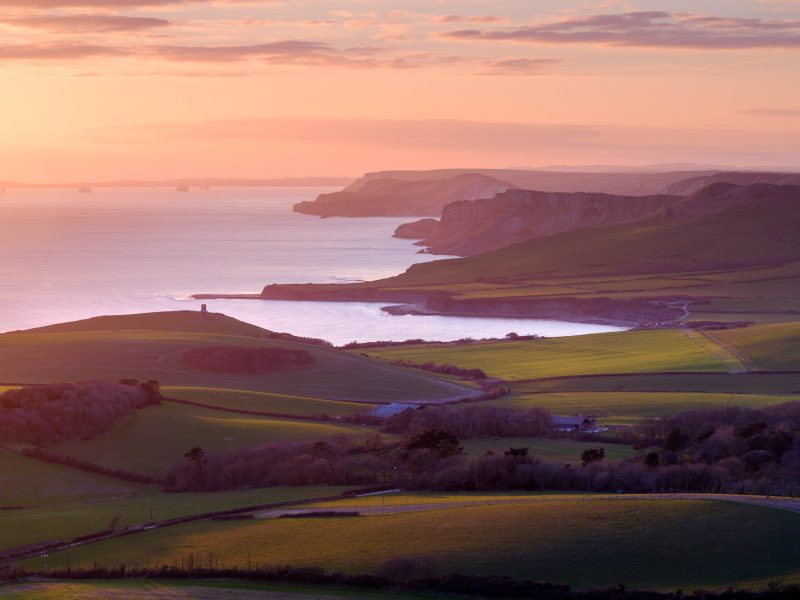
A slightly closer look reveals an irritation – a new user interface. This means that the GFX system now consists of 4 different cameras with 4 different user interfaces. Consistency of design across professional systems is important; without it, professional users may find that switching from their main body to the back-up is less than intuitive.
Compare the Fujis to, say, the Nikon Z 7 and Z 6, which have identical interfaces and where switching from one to the other is seamless. However, to be fair to Fuji, the GFX 100S is much more similar to the 100 than the 100 was to the 50S. So it looks as if they are beginning to settle on a consistent design ethos in what is, after all, a relatively young system.
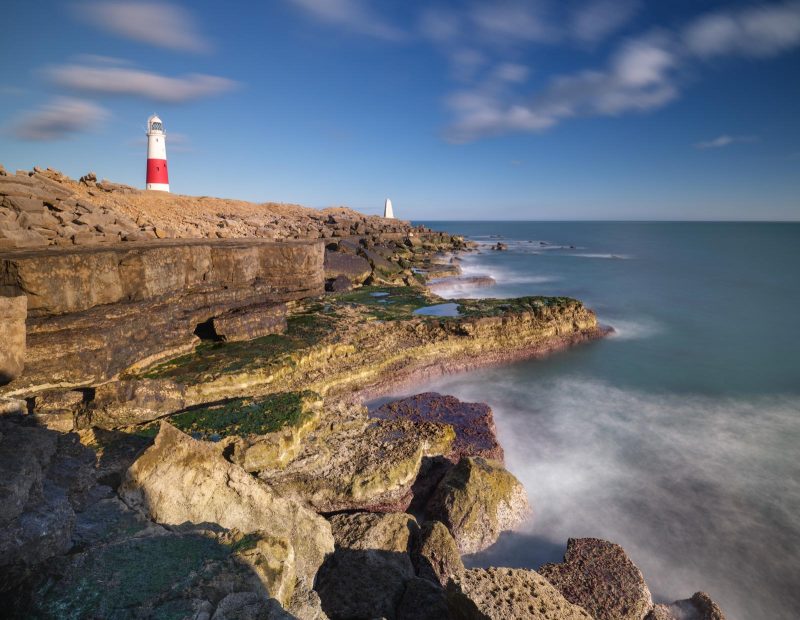
It’s also immediately apparent that Fuji has continued its move away from the traditional knobs and dials which adorn the likes of its X-T cameras. This will annoy some users, please others, and leave another group unmoved. Personally I like old-fashioned knobs and dials, and not just for nostalgic reasons, as I’ll explain later in more detail.
However, as long as the ergonomics are good, and I can learn to handle the camera without having to pause and scratch my head every time I want to adjust a setting, then it’s not an issue. Basically, what I’m looking for is a camera which keeps out of the way when I’m shooting.
Handling
So, does the 100S meet my criteria? The short answer is: on the whole, yes. Anyone who has shot with a modern DSLR will feel quickly at home with the camera. On the left is a mode dial – thankfully redesigned from the GFX 100 so everything is clear and obvious. On the right are front and rear control dials, a large LCD on the top plate, a joystick on the back, and a scattering of function buttons.
As I said above, my personal preference is for ‘retro’ style knobs and dials, such as those found on the X-T and X-Pro cameras. This is not just me being wistful – as a landscape photographer, I find such controls easier to adjust with wet and cold hands, or with gloves on. Furthermore, it’s easier to check your settings at a glance than it is when looking at a crowded LCD.
With that being said, the control layout of the 100S is very, very, well thought out. Buttons are well-placed and easy to reach. After a few shoots, I’ve found I can now operate the camera without pausing to think about it, and usually without needing to take my eye from the viewfinder.
The buttons have a very positive action and can be operated without too much difficulty if you’re wearing gloves. The joystick has been redesigned and is responsive and feels robust. This last point is important, as it is not only used for selecting the autofocus point, but is now the main way to navigate the menu system.
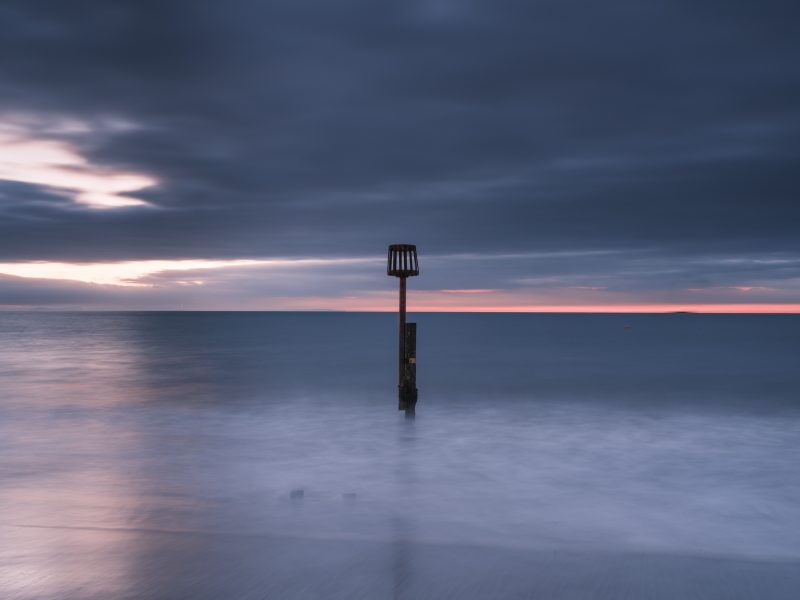
This brings me to my only real gripe with the handling: Fuji has abandoned the D-Pad, which was present on the 50S but left off the 50R, 100, and now 100S. This is despite the fact that there is plenty of room for it on the back of the camera.
Why is this important? Well, firstly, it offers an alternative way of navigating menus. With the Menu/OK button set in the middle, this is a particularly convenient way of selecting menu items. And secondly, each button of the D-Pad offers another customisable control. The GFX 50S is probably the most customisable camera I’ve used, with a huge number of functions that can be assigned to single buttons, thus simplifying camera operation. The 100S has about half the number of custom buttons as its older cousin.
In an attempt to make up for this, Fuji has assigned four ‘swipe’ functions to the touchscreen on the rear of the camera. In theory this is all good, but if you’re out on location and your hands are cold and damp, or you have thick gloves on, swiping a touchscreen isn’t going to work. In my opinion, the swipe functions should be an option, not something you should have to rely on.
In real-world use, this hasn’t had as big of a negative effect as I initially feared: the buttons that are present are fully customisable, and I’ve managed to set the camera up to suit my way of shooting. Just occasionally, but not too often, I find myself delving into the Menu or Quick Menu in order to activate a particular function, and wishing there was another button (or two) available.
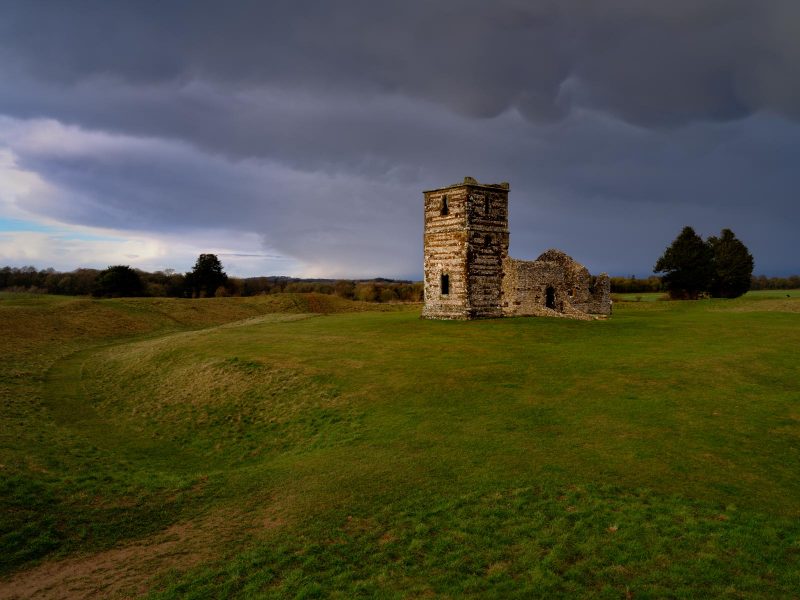
In almost all other aspects, the design tweaks from the first GFX camera are really positive. The large ‘hump’ at the back has gone, and the battery chamber has been moved to the handgrip, making it easier to use generic L-brackets. The remote release socket has been moved to the right-hand side of the camera: this is a much more convenient location, especially if you use an L-bracket.
The menu system remains largely unchanged, which means it’s sensibly laid out and easy to navigate. Fuji users will feel instantly at home, and those new to the system won’t take long to get familiar with it. You can add commonly used items to the ‘My Menu’ tab, and the handy Quick Menu (accessed via the Q button on the thumb grip on the rear of the camera) is also fully customisable.
One big talking point on the forums has been the replacement of the detachable EVF with a fixed one. The detachable EVF, found on the 50S and 100, has proven popular with a number of photographers, especially those who like to use it in combination with the Tilt Adapter for shooting at awkward angles.
Personally, I actually prefer the fixed finder of the 100S, as it’s neater and more compact, and I’m happy using the articulated LCD for shooting at difficult angles.
Changing the viewfinder is one of the ways in which Fuji has differentiated between the 100 and 100S cameras, in order to justify the former’s higher price. The other big difference is that the 100S does not have a battery grip, either built-in or as an optional accessory. So, if the detachable viewfinder and/or battery grip is important to you, this is something you’ll need to think about if you’re considering the 100S.
Real-world performance
Fuji’s latest camera has an incredibly extensive feature set. There is too much to list here, but there is a full list of specifications on the Fujifilm website.
It’s certainly worth spending a little time with the manual and working your way through the menu system before you head out for your first shoot. Once you do get out with it, you’ll find it delivers a very positive shooting experience. It’s well-balanced and comfortable in the hand.
The viewfinder resolution, at 3.69 million dots, isn’t class-leading, and its magnification of 0.77x is lower than that of the 50S and 100 (0.85x and 0.86x respectively). However, this is still generous and it has good optics, providing excellent clarity. Importantly, in contrast to the GFX 50 cameras, there is no annoying ‘shimmer’.
There are various options to increase resolution and refresh rate, though I’ve found it works perfectly well in ‘Normal’ mode. It generates a workable image even in extremely low light levels, and it is easy to reveal or hide important shooting information, including RGB histograms and an electronic level.
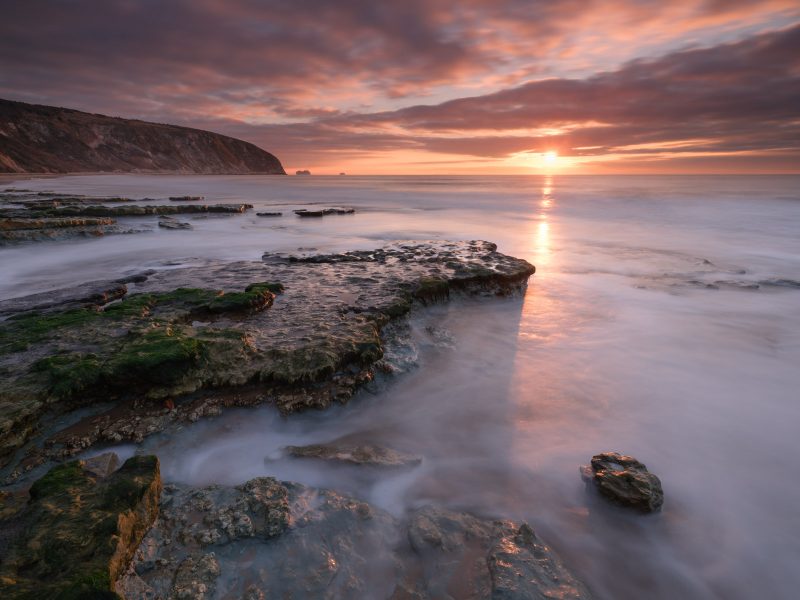
Although my personal preference would be to replace the top plate LCD with a shutter speed dial and an exposure compensation dial, I’m happy to report that the LCD is clear, well-laid out, and easy to read in everyday shooting situations. You have the option of white text on a black background or vice-versa, which is thoughtful. Further flexibility is added by the ability to change the display to show virtual shutter speed and ISO dials, which some users may find easier to read, or a live histogram.
Landscapes don’t move very fast, so I’ve only tested single-shot, single-point, autofocus. It’s quick, reliable, and works well even in very low light. Adjusting the size of the autofocus point to suit different situations is quick and easy.
Unless you’re a purist, there’s no need to switch to manual focus and, so far, I’ve not needed to use it. If you do, there are various manual focus assist options, the best of which is probably focus peaking – easily toggled on and off by pressing and holding the rear dial for a couple of seconds.
Metering is also accurate and, with the ability to call up RGB histograms in the viewfinder/LCD and a live highlight warning, there’s no real reason to ever shoot an incorrect exposure. There are four metering – or in Fuji-speak, photometry – options: multi, centre-weighted, spot, and average, which I’ve found works very well for landscape photography.
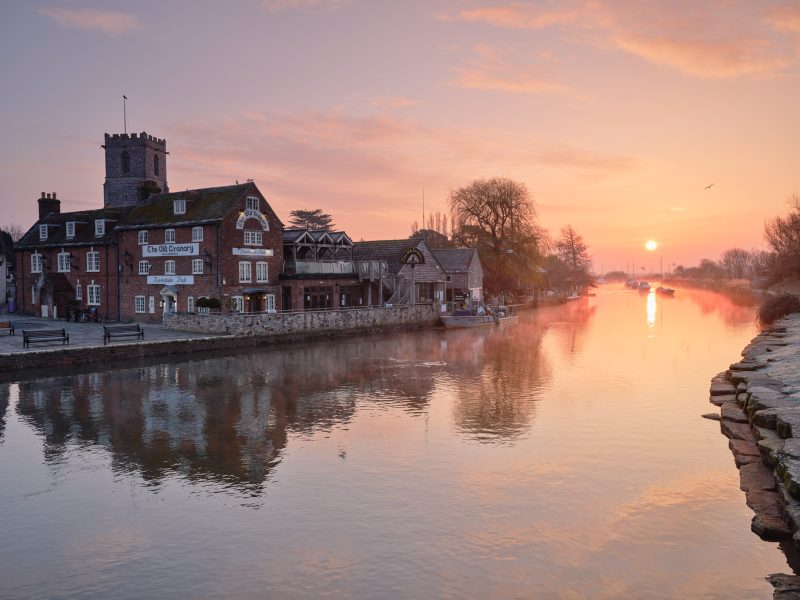
One of my favourite features on the GFX cameras is the ability to manually select exposures of up to one hour. Most cameras force you to select bulb exposures when you go beyond 30 seconds, which usually involves a little bit of mathematics, and then keeping an eye on the time so that you don’t forget to finish the exposure.
There’s no reason for this – it’s simply a hangover from days gone by – so kudos to Fuji here. Even better, the EVF and metering will continue to work accurately in very low light and with shutter speeds up to several minutes. It’s no problem composing, metering, and focusing with, say, a LEE Big Stopper (10 stops), or even a Super Stopper (15 stops) in place. This makes shooting long exposures the very definition of simplicity.

In real-world use, battery life has proved sufficient. It’s not outstanding compared to some of the competition but it is good enough, and should see you through a day of shooting under normal circumstances. I’d recommend packing a spare, though, and as it’s the same battery as the X-T4, there’s no shortage of these. There are even some cheaper third party options available.
Image quality
Although for many people this will be the main talking point, there’s not actually too much to say about image quality. As it has the same basic imaging engine as the GFX 100, image quality is pretty much identical. In short, the files are outstanding. An incredible amount of detail is resolved, which you can really appreciate when you look at the surface texture recorded on subjects like an expanse of water.
If you want yet more resolution, the multi shot ‘Pixel Shift’ mode will generate a 400 MP file. Dynamic range is also impressive, definitely the best of any camera I’ve shot with. However, where Fuji cameras really shine – and this model is no exception – is in the category of colour and tonality.
It’s hard to explain, but Fuji colours seem to have a quality that is unmatched by other manufacturers. It’s not that images are simply colourful and saturated (though they can be if that’s your thing), but there is a depth to the colour that I just don’t see in the files of other cameras. Looking at images from the 100S on a good quality monitor is somehow reminiscent of looking at large transparencies on a light box – they just leap out at you.
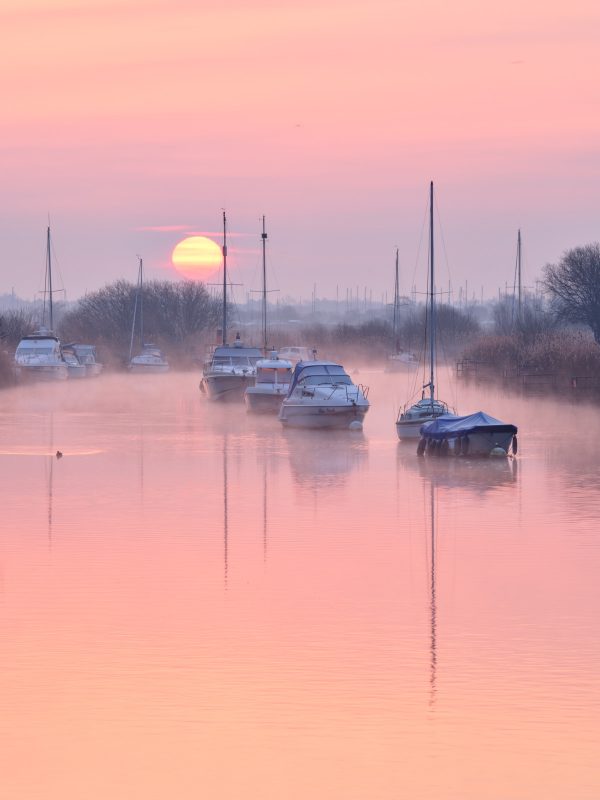
It’s also possible to shoot genuine 16-bit raw files, though in practice, the differences between 14 and 16-bit seem fairly inconsequential. One point worth noting, however, is how good the jpegs are. I’ve never shot jpegs before, but when I received the 100S, the main raw processors didn’t yet support it. So, I experimented with jpegs and the camera’s ‘film simulations’, and was blown away by the results.
For landscapes, I found shooting with the Provia/Standard film simulation gave simply superb results once imported into Lightroom or Photoshop and tweaked slightly. Velvia seemed a little too much for my taste, even though I used to shoot with Velvia film in the pre-digital days. For a while, I wondered if I could actually stick to shooting jpegs, as they were that good. But, of course, there will be occasions when the greater flexibility of processing a raw file is necessary.
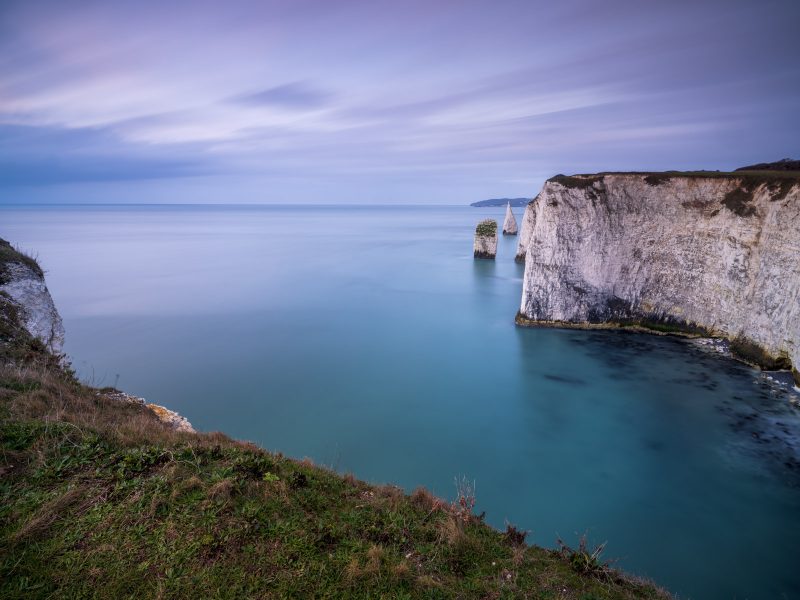
Noise performance is excellent at low ISO, with really clean shadows. Long exposures are also exceptionally clean, with no need to use long exposure noise reduction. High ISOs aren’t quite so impressive, with images beginning to look at little noisy from around ISO 1600.
However, the noise characteristics are good, with very fine grain that responds well to noise reduction. You can also downsize the final file, which will still leave a very high resolution image but with lower noise levels. By doing this, I was able to get good results at ISO 6400 and even 12800. So while the 100S might not be my first choice for night sky photography, I’d still be quite happy using it.
In conclusion
Words like ‘game-changer’ get bandied around a lot these days, and they ultimately lose their meaning. However, in this context, I think it’s entirely justified.
Not so very long ago, if someone had told me that there would soon be available a 100 megapixel medium format camera, no larger than a full-frame DSLR, which had phase detection autofocus, in-body stabilisation, and a host of other features formerly the preserve of high-end full frame cameras, I’d have been a bit dubious. If they then told me that its launch price would be £5,499 in the UK, I absolutely wouldn’t have believed them. But that is the case here.
In all areas – build quality, handling, performance, image quality, specification, and price – the GFX 100S excels. Across the board, there is very, very, little to criticise, and much to praise. My only real reservation is the absence of the D-Pad, but in fairness, the more I’ve used the camera, the less I’ve missed it.
Overall, the Fuji GFX 100S is a camera that I wouldn’t hesitate to recommend to landscape photographers.







